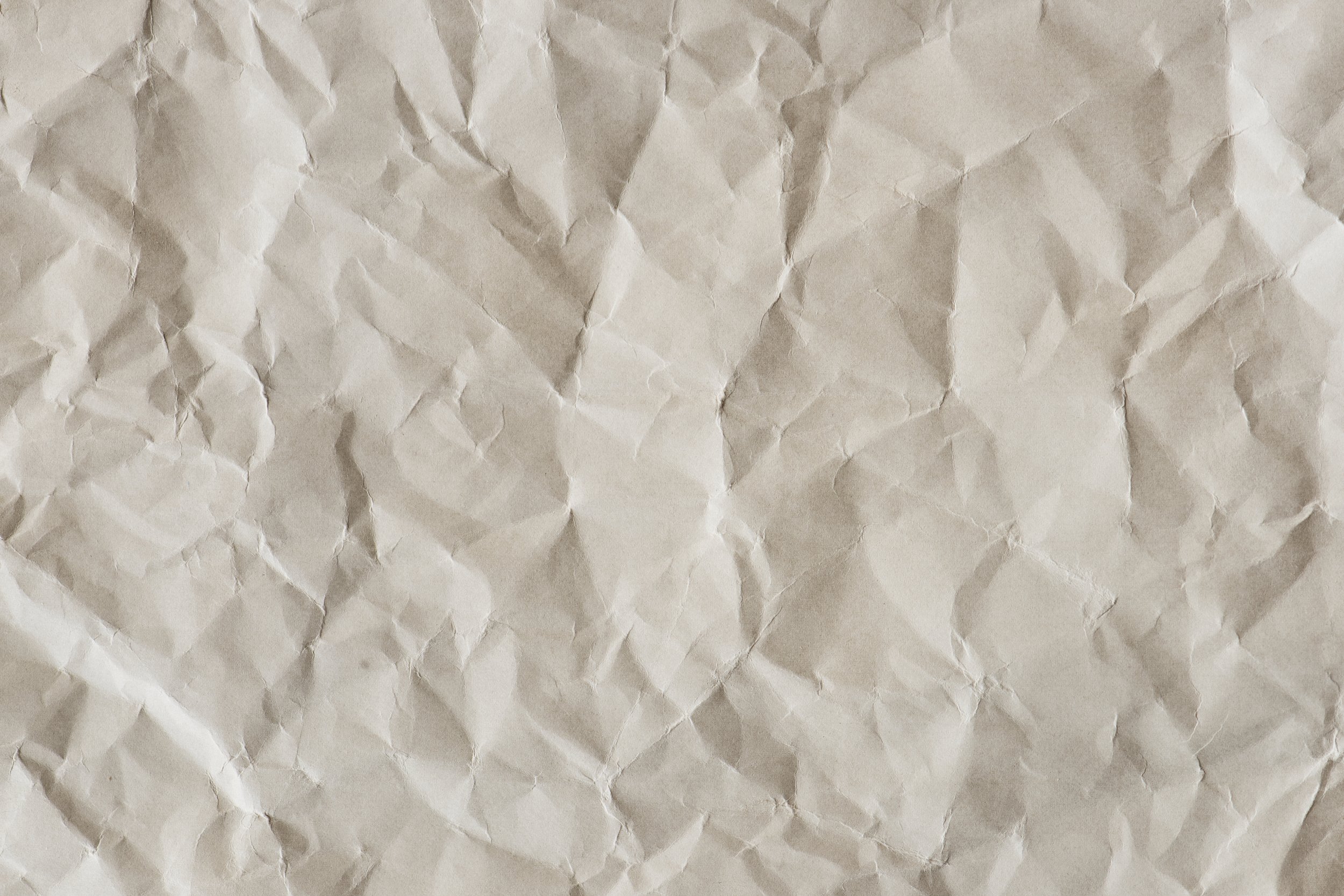
Nguyen Quan is one of the most well-known art critics and art historians in Vietnam. Also an artist himself, he is now living in Ho Chi Minh City.
The Prison Of Freedom
If there is natural gift, an innate aesthetic taste in an artist, then those are like seeds, sprouting from the seemingly trivial strokes at the beginning of their creative journey. Subsequently, talent and labor will make these sprouts grow into a lush canopy, a garden of thriving trees, or even more so: a haven of artistic freedom and beauty.
J.P. Sartre asserts that humans are condemned to be free, compelled to make choices and decisions in their existence, with no deity, god, or Buddha to rescue or predetermine. The motto of Van Ngoc's Prison, perhaps, is also a flickering beacon of that profound existential philosophy. Artistic creation becomes the operation of one's personal prison of freedom, inviting everyone to share in the visitation and experience.
Right in the first few artworks by Van Ngoc, I observe a profound brown, faded earthy yellow tones, some solid masses, and various letters and signature-like characters that scatter in a dimly lit, textured space. One or two solitary figures stand out amidst the weighty, angular imposition of their own existence. Simultaneously, white chalky strokes, as if weathered for ages, intersect with fundamental geometric shapes of squares, circles, and triangles, creating an overwhelming rational but bizarre harmony.
A myriad of spatial installations spanning nearly 30 years of one of Vietnam's foremost and successful avant-garde installation artists blossoms into a garden of trees, an architectural marvel, and distinctive structures that embody the richness of our cultural iconography. Pure, evocative, and unmistakably 'Vietnamese,' it is as if one still requires a certificate of 'safe product origin' to fully appreciate the essence!
The artist utilizes existing and found objects, upholding traditional aesthetics and the cultural heritage ingrained in the nation's spirit. Unlike peers such as Đặng Thị Khuê, Bảo Toàn, Trần Lương, Lê Thừa Tiến, Van Ngoc refrains from collecting cultural echoes, spiritual scents, nostalgia for the homeland, or the beliefs and philosophies of ancestors that once resonated in crafted artifacts, elaborate accessories, ceremonial embellishments, and cryptic ornamental symbols; and likewise from using provocative products pop art culture. Engaging in a profound "cultural autopsy," he gathers bone fragments, dry skins, decaying flesh from the gritty, raw materials of life. The found objects he assembles for installations are inexpensive, rough, and weighty: wooden crates, metal boxes, sheets of metal, wardrobe cabinets, bamboo cages, grinding stones, wooden ladders, wooden frames, stone mortars, wooden beds, iron chains, ropes, iron pipes, plastic tubes, shattered mirrors; a diverse array of construction materials: wood, stone, cast iron, aluminum, lime, architectural remnants like doors, bamboo poles, pestles, brick walls, stone steps, pillars, wooden planks, doors, door frames, roof beams, ridgepoles, and cobblestones; and discarded materials with a chaotic, muted, obscure, and somber aesthetic.
The second distinctive aspect in Van Ngoc's artworks is the absence of sentimentality and romanticized nostalgia. Objects are bluntly stripped of hidden meanings and association with their functional forms, transformed into geometric sculptures, abstract or minimalist. The emotion-expressive quality of wood, bricks, iron, and muted tones becomes rational when cut, twisted, or juxtaposed, sometimes displaying imperfect brushstrokes or rudimentary carvings. Thanks to this, after the installations are deconstructed, these sculptures maintain their artistic rather than go back to waste. The significance of the installations lies in the created space, the interaction between these participating sculptures and the audience. They come to serve as relics, the evidence of some catastrophic event, frozen embodiments of certain unifying forces: remnants of a tragic migration, a devastating flood, a tsunami, the collapse of an invisible regime, or a majestic dynasty's ruin. Even the dazzling lights of a divine authority cannot rescue the desolation within a sanctuary. Impressions and emotions in these installations are potent, owed to the raw and indifferently rational sculptures.
The third distinctive feature in Van Ngoc's installation art, which I haven't seen elsewhere, is how the found objects, after being transformed into minimalist sculptures across various installations, are then reassembled to create an ordinary middle-class living space for the artist's family in Vung Tau—a popular coastal cultural tourism destination. One can comfortably lead a fascinating daily life within a work of art! Architecture and sculptures, colors and hues, furniture and wall paintings, pathways and materials, external light seeping through windows, and internal illumination within rooms, paintings adorning mirrored glass, paper on walls, hanging beams on the ceiling, and reflective surfaces in the pond—all exterior and interior elements are fused into a complex installation, a colossal sculptural masterpiece embedded in the external environment. It becomes a living space, an avant-garde exhibition space, and a contemporary home. The result is that the homeowner, along with the audience and visitors, lives within the artwork, harmoniously coexisting with art as if each were an intrinsic part of the other's existence.
Art is the eternal cycle of the ordinary, needing nothing more.
Congratulations and thanks.

